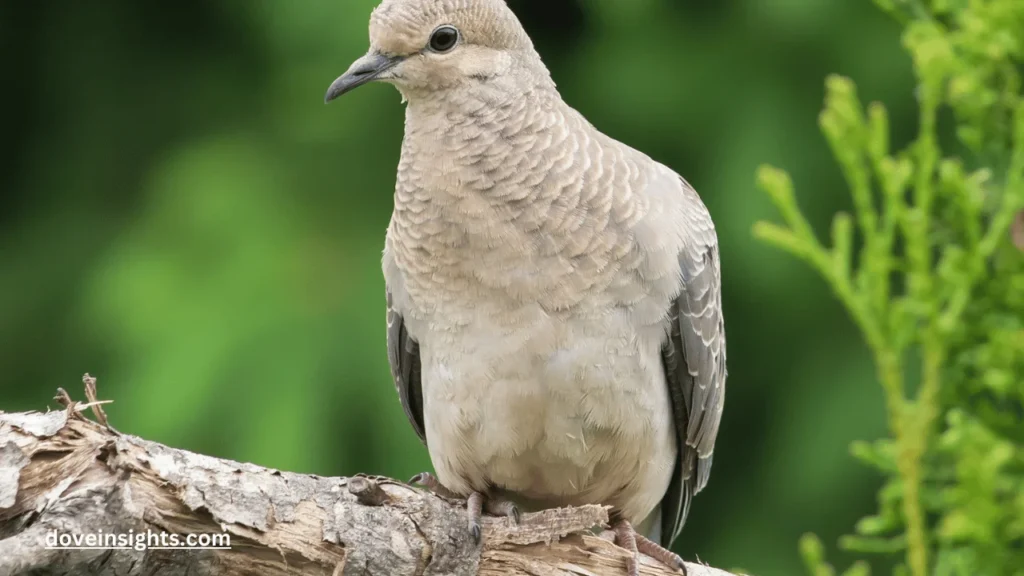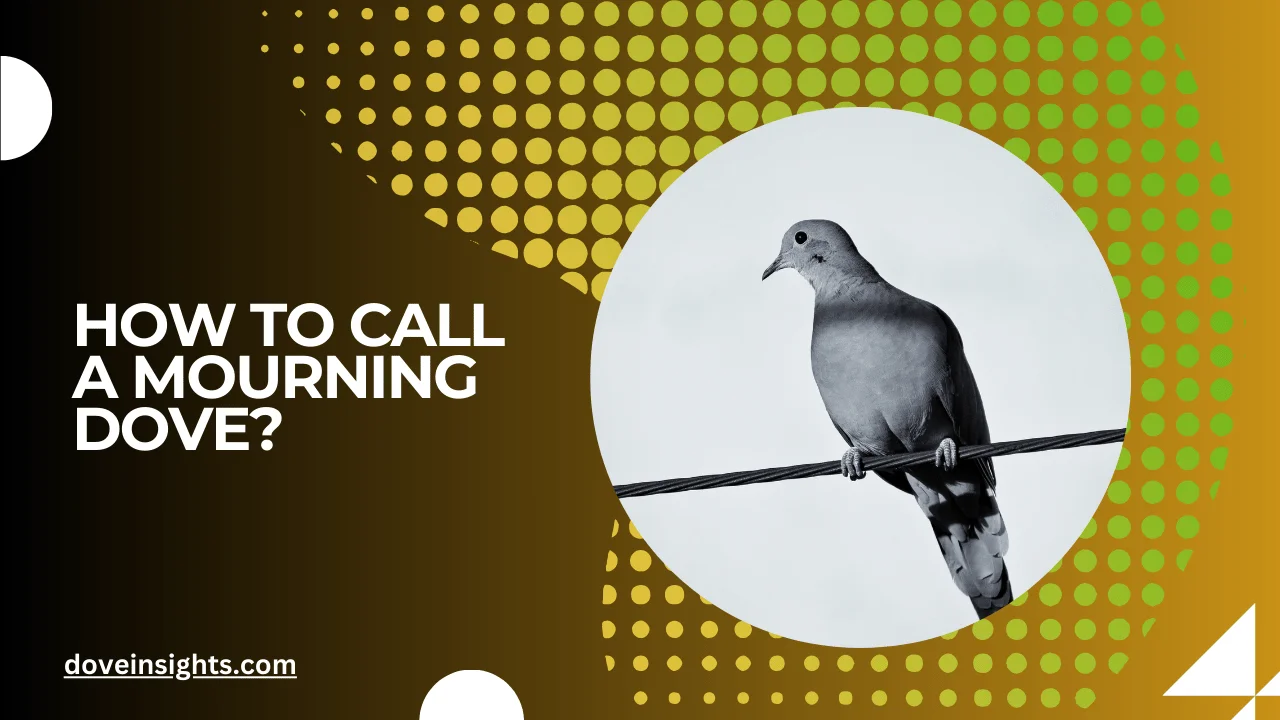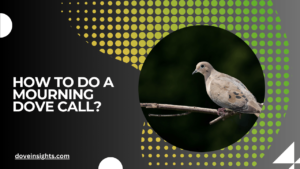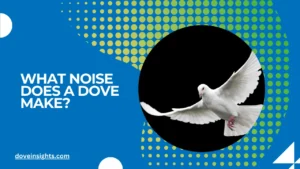The soft, haunting coo of a mourning dove is one of nature’s most recognizable and peaceful sounds.
For bird enthusiasts, wildlife photographers, or anyone enchanted by these graceful creatures, the idea of calling a mourning dove and having it respond can be a deeply rewarding experience. But how exactly can you replicate their call effectively?
Mourning doves are not just passive singers; their cooing plays a significant role in territorial communication, mate attraction, and bonding.
By understanding their vocal patterns and behaviors, you can learn to communicate with these birds in ways that feel almost magical. Whether you want to draw them closer to observe their beauty or simply experience the connection, learning how to call a mourning dove opens up a unique interaction with the natural world.
This guide delves into the art and science of mourning dove calls, from the techniques to imitate their sound to the best practices for timing and positioning.
Whether you’re a seasoned birder or a curious beginner, this article will equip you with the tools and knowledge to engage with mourning doves in a meaningful way.
Contents
Understanding Mourning Dove Calls
Why Mourning Doves Call
Mourning doves use their distinctive cooing for several reasons: to attract mates, establish territory, or communicate with their flock. These calls are essential for their social interactions.
What Does Their Call Sound Like?
The classic mourning dove call is a soft, mournful “coo-OO-oo-oo.” Males are the primary vocalists, often cooing from a perch to announce their presence.
Variations in Calls
Depending on the situation, their calls may differ in tone or duration. Courtship calls, alarm calls, and simple contact calls each serve unique purposes in their daily lives.
Learning to Mimic Mourning Dove Calls
Using Your Own Voice
One way to call mourning doves is to mimic their cooing sound. Practice their distinctive rhythm and pitch by listening to recordings or observing doves in the wild.
Whistling Techniques
If using your voice proves challenging, try whistling. Focus on creating the low, resonant tones that mirror their cooing.
Bird Call Devices
A variety of mourning dove call devices are available for purchase. These tools are designed to replicate the dove’s sound accurately, making them a reliable option for beginners.
When and Where to Call Mourning Doves
Best Times to Call
Early mornings and late afternoons are when mourning doves are most active. This is the optimal time to try your calls, as the birds are more likely to respond.
Ideal Locations
Choose quiet, open spaces near trees, shrubs, or feeding areas where mourning doves are likely to perch or forage. Avoid loud or busy areas that may disturb themSeasonal Considerations
Mourning doves are most vocal during their breeding season, which typically runs from spring to late summer. Their responsiveness may vary outside this period.
Tips for Successful Mourning Dove Calling
Practice Patience
Mourning doves may not respond immediately. Stay still and repeat your call every few minutes to give them time to react.
Combine Calls with Feeders
Set up a bird feeder with their favorite foods, such as sunflower seeds and millet, to attract them while calling. This creates a more inviting environment.
Minimize Movements
Sudden movements can scare away doves. Stay as still and quiet as possible while waiting for their response.
Respecting Mourning Doves and Their Habitat

Avoid Overcalling
Excessive calling can confuse or stress mourning doves. Use calls sparingly and stop if they show signs of distress.
Provide a Safe Space
Ensure that your environment is free from predators and disturbances to make the birds feel secure. Plant native vegetation and set up birdbaths to enhance their habitat.
Ethical Birdwatching Practices
Always prioritize the well-being of the doves. Avoid interfering with their nests or chasing them away from their natural routines.
Conclusion
Learning how to call a mourning dove is a skill that bridges the gap between humans and nature. By understanding their vocalizations, timing your calls, and practicing patience, you can foster a unique connection with these gentle birds.
In summary, this guide has explored the reasons mourning doves call, techniques for mimicking their sounds, and tips for success.
Whether you’re using your voice, a whistle, or a bird call device, remember to approach the experience with respect for the birds and their habitat.
The next time you hear the serene cooing of a mourning dove, you’ll know how to engage with them in their language—a small but meaningful way to connect with the natural world.
FAQ’s
Why do mourning doves call?
Mourning doves call to attract mates, establish territory, and communicate with other doves.
What does a mourning dove’s call sound like?
Their call is a soft, mournful “coo-OO-oo-oo,” often associated with their serene presence.
Can I mimic a mourning dove’s call?
Yes, with practice, you can replicate their call using your voice, a whistle, or a bird call device.
When is the best time to call mourning doves?
Early mornings and late afternoons during the breeding season are ideal times to call.
Do mourning doves respond to human calls?
If your call is accurate and the environment is quiet, mourning doves may respond, especially during breeding season.
Are bird call devices effective for mourning doves?
Yes, these devices are designed to mimic their sounds and can be a great option for beginners.








